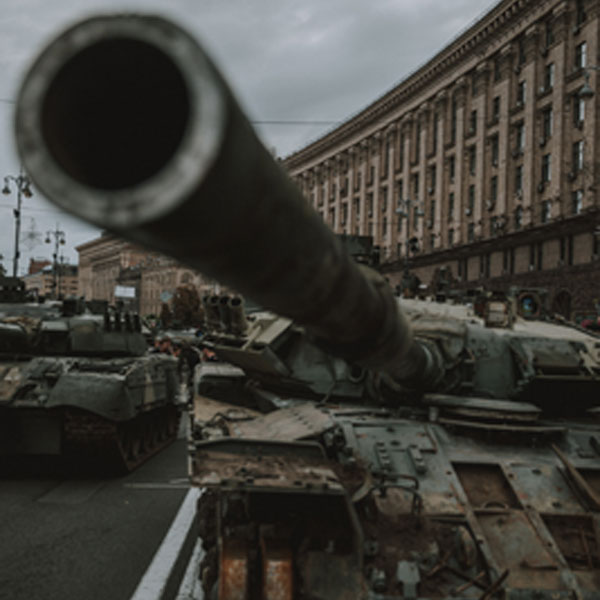Korea’s defense industries rise as a key supplier in the global arms market

[Photo Credit to Unsplash]
South Korea has quietly emerged to be one of the top arms sellers globally.
Recently, South Korea had its first major arms sales to Poland, selling almost 1000 K2 “Black Panther” main battle tanks, more than 600 K9 “Thunder” howitzers, and dozens of FA-50 “Golden Eagle” fighter jets.
Orders were shipped by leading arms companies such as Hanwha, Hyundai Rotem, and Korea Aerospace Industries.
The Korean Agency for Defense Development also supported the companies in their production of military equipment.
The cost is an estimated 20 trillion won (around 15.3 billion dollars); Poland chose Korea’s defense equipment due to its affordability considering the quality of technology and time of production.
The South Korean defense industry delivered its first shipment of K2 tanks and K9 howitzers only within months after the order was placed.
This situation was mutually beneficial for both countries as Poland needed more defense equipment and Korea wanted to become an emerging leader in defense exports.
Korean President Yoon Suk-yeol announced the goal of becoming one of the top four weapons sellers in the world by a few years.
Since Poland is Ukraine’s closest neighbor and ally, it needed the military supplies to fill in its defense for ground and air forces and to maintain its own peace as well.
The Russian-Ukraine War sparked an international drive to increase production in defense arms; although South Korea did not directly provide armed support to Ukraine, they have taken the lead in arms production and export to support NATO countries.
NATO (North Atlantic Treaty Organization) is an alliance between the United States, Canada, and Western European nations that provide security against the Soviet Union.
South Korean weapons can fill the gap with systems designated for joint operation with U.S. forces, making them easy to integrate with NATO; therefore, Korea can provide Ukraine with more weapons without directly being a part of the alliance.
When South Korea’s President, Yoon Suk-yeol, and U.S. President, Joe Biden met last year in Seoul, they decided to work together on the supply chain for the defense industry.
In addition, although NATO is led by the U.S., member countries such as Poland have purchased equipment from South Korea such as the K2 tanks.
Hanwha is willing to arm NATO with weapons that the United States is no longer producing or is unable to supply quickly.
As the Russia-Ukraine War continues, Hanwha aims to enter the global market with full support from the South Korean government and military.
South Korea has only been producing weapons since the beginning of the Korean War; they were attacked by North Korea who was financially supported by the Soviet Union.
North Korea obtained Russian tanks and crossed the border in order to take control of the whole peninsula.
South Korea has been building up its arms industry since the 1970s due to the fear of the U.S.' abandonment of supporting Korea.
Furthermore, North Korea’s constant threat after the war has given South Korea an incentive to improve its military defense.
Decades-long effort to protect itself from North Korea by building an indigenous arms industry has benefited South Korea with economies gained from large-scale export sales.
Countries who have been purchasing equipment from Korea have been satisfied with both the quality of products and the short production time; other nations including Norway and Egypt are also considering purchasing the K2 Tanks for their militaries.

- Kate Kim / Grade 9
- Gyeonggi Suwon International School

![THE HERALD STUDENT REPORTERS [US]](/assets/images/logo_student_us.png)
![THE HERALD STUDENT REPORTERS [Canada]](/assets/images/logo_student_ca.png)
